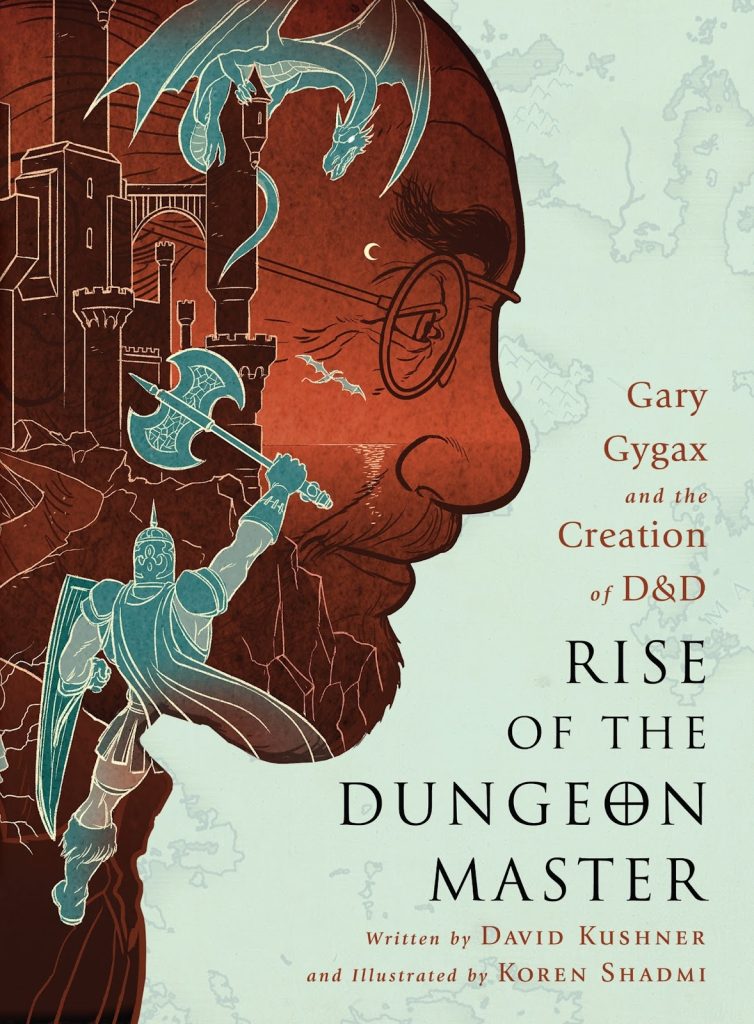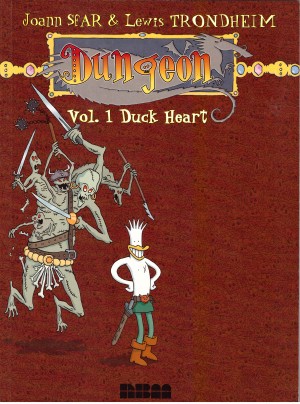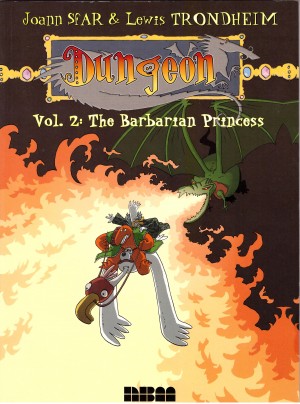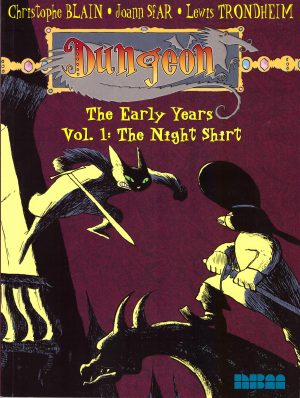Review by Ian Keogh
A question for the times is why so few people know who invented the world’s most popular games? Dungeons & Dragons was largely created by Gary Gygax, and has been played by millions and generated billions since the 1970s, spawning an entire culture along with many other games populated by characters created by players.
The game’s descriptive format is mimicked by David Kushner’s opening pages as he uses a second person narrative to welcome readers and lead them toward an anniversary party Gygax is hosting, before moving to an explanation of how Dungeons & Dragons is played. Given Rise of the Dungeon Master isn’t likely to appeal to anyone not already converted, it’s an interesting choice of diversion, although necessary for the sake of completeness, and as we learn, Gygax was nothing if not complete.
Gygax retained a childhood fondness for board games and recreating military battles with model soldiers, but also felt available options could be improved. His lightbulb moment was looking at a school supply catalogue advertising novelty dice in the shapes of all platonic solids. He applied the increased options to military strategy games, in 1968 organising the first Gen Con, and the second breakthrough was rewriting the rule book for a military strategy game to incorporate vastly increased choices. While doing that Gygax also modified his new version to accommodate fantasy trappings, but key to the final product was the collaboration of Dave Arneson.
Despite his personality differing greatly from Gygax, love of gaming enabled the pair to overlook differences, and Arneson came up with the crucial concept of expanding the role of referee in war games to a games master guiding the game. They also removed the idea of a game that ends, enabling the characters to continue adventuring in new scenarios.
Koren Shadmi illustrates everything functionally without ever really stretching the imagination. Early Dungeons & Dragons box and booklet art was comfortingly generic, and it’s that look applied to the fantasy sections, which might have been so much more creative. However, on the plus side, there’s no mistaking what’s happening.
A pleasing aspect of Rise of the Dungeon Master is that for a long while it seems a story without villains. Inspiration, imagination, obsession and persistence pay off, and the rewards flow. However the signifier of problems to come is what seems the astonishing decision not to include Arneson in the original Dungeons & Dragons company, noted in passing without greater explanation of the consequences for forty pages. It’s poor planning on Kushner’s part to postpone an unpleasant truth until an investigation of hysteria about alleged satanic aspects is concluded.
Final chapters relate how Gygax and Arneson paved the way for today’s huge online gaming industry and how open sourcing the rulebooks led to unimagined variations.
The suspicion is that only the converted will be attracted to Rise of the Dungeon Master, but there are masses of them and they’ll find all the crucial developments clearly laid out and their enthusiasm reflected.





